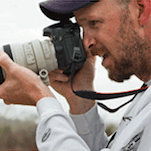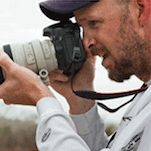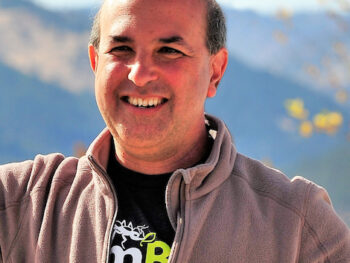Teachable Moments Series

Current Events provide teachable moments
As educators, we seek to convince our students that the challenging concepts we assign are worth taking the time to master. This can be hard when many examples are drawn from classic studies set in a different time, or focus on systems that are difficult for many students to imagine, much less recognize. How do we persuade students from New York City or Los Angeles that it’s worth studying how ecological communities in high Arctic function? How do we convince rural students to study cities as ecosystems in their own right—ecosystems that teem with life, and which perform many of the same functions as the more pristine ecosystems in which they live?
News stories that are relevant to topics being studied make great “teachable moments” by helping students connect what they are studying to the world around them. COVID-19 offered exactly this sort of opportunity, one we acted on when we revised our tutorial/lab, How Diseases Spread. We suspected that students struggling through a global pandemic would be more curious about epidemiological models, non-pharmaceutical control measures like masking and social distancing, and the basics of our immune system, than students from just one year earlier. And while the revised lab focuses on many of the same core concepts covered in the previous version (e.g., the Susceptible-Infected-Resistant model of disease spread), the fact that students were actively working to alter the spread of COVID in their own communities made the concepts more relatable. Not surprisingly, the new tutorial/lab remains one of our most popular offerings.
Red tide hits San Francisco Bay
Today, a tragedy unfolding on a smaller scale provides a teachable moment for instructors teaching about water pollution. The San Francisco Bay is experiencing one of its worst algal blooms in decades. A “red tide” caused by the algae Heterosigma akashiwo is blossoming throughout much of the Bay. Although the species is always present in low numbers, the algae’s population surged in July of 2022 — by late August, fish, rays, and sharks were dying and washing ashore in massive numbers.
Large algal blooms and fish kills are rare in the Bay, which is surprising given the quantity of nutrients pumped into its waters from the sewage treatment plants that serve its residents. As students who have completed our tutorial/lab, Nutrient Pollution, or our interactive chapter, Nutrient Cycling, are aware, nitrogen and phosphorus are the primary culprits of nuisance algal blooms like that in the Bay. Some algal blooms are toxic and can kill fish directly, but most fish kills are a caused by the low oxygen levels that result when the algae die and decompose. The frequent flushing of the Bay’s water may help to limit blooms, but scientists fear that continued heavy nutrient loading coupled with climate change will make such blooms more likely in the future. The good news—and it’s always nice to share good news with students—is that many people are advocating for changes that help mitigate this risk and, critically, local governments appear to be listening.
Hopefully, the San Francisco Bay scenario will help instructors provide relevant context to teach their students about nutrient pollution. In the future, I hope to use this space to identify other stories—other teachable moments—that can help you engage your students.






 Big Ideas from SABER
Big Ideas from SABER

